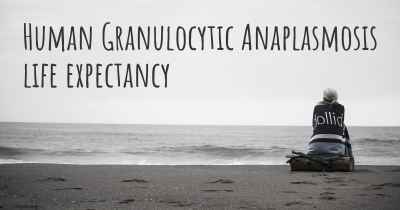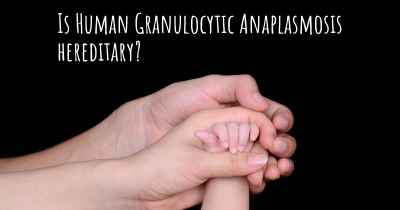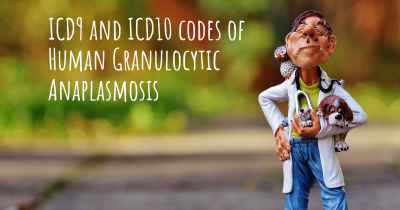What are the best treatments for Human Granulocytic Anaplasmosis?
See the best treatments for Human Granulocytic Anaplasmosis here

Treatments for Human Granulocytic Anaplasmosis
Human Granulocytic Anaplasmosis (HGA), also known as Anaplasmosis, is a tick-borne infectious disease caused by the bacterium Anaplasma phagocytophilum. It primarily affects the white blood cells, specifically the granulocytes, leading to flu-like symptoms and potentially severe complications if left untreated. Prompt diagnosis and appropriate treatment are crucial in managing this condition.
1. Antibiotic Therapy: The cornerstone of treating HGA is the administration of antibiotics. The most commonly used antibiotics for HGA include doxycycline and tetracycline. These medications are highly effective in eliminating the bacteria and reducing the severity of symptoms. Treatment typically lasts for 10-14 days, but the duration may vary depending on the patient's age, overall health, and the presence of any complications.
2. Supportive Care: Alongside antibiotic therapy, supportive care plays a vital role in managing HGA. This includes measures to alleviate symptoms and support the body's immune response. Patients are advised to rest, stay hydrated, and take over-the-counter pain relievers (e.g., acetaminophen) to reduce fever and discomfort. Adequate rest and hydration help the body recover and fight off the infection more effectively.
3. Hospitalization: In severe cases of HGA, hospitalization may be necessary. Hospitalization is typically recommended for patients with complications such as respiratory distress, organ failure, or those who are unable to tolerate oral medications. In the hospital, patients can receive intravenous antibiotics, fluids, and other supportive treatments under close medical supervision.
4. Follow-up Care: After completing the initial course of antibiotics, it is important to follow up with healthcare providers for further evaluation. Follow-up appointments allow monitoring of the patient's progress, assessment of any persistent symptoms, and additional testing if needed. In some cases, a repeat course of antibiotics may be required if symptoms persist or worsen.
5. Prevention: Prevention is key in reducing the risk of HGA. Avoiding tick bites is crucial, especially in areas where the disease is prevalent. This can be achieved by wearing protective clothing, using insect repellents, and performing regular tick checks after outdoor activities. Prompt removal of attached ticks can significantly reduce the risk of infection. Additionally, raising awareness about tick-borne diseases and their prevention is essential in minimizing the overall incidence of HGA.
It is important to note that the information provided here is for general knowledge and should not replace professional medical advice. If you suspect you have HGA or any tick-borne illness, it is crucial to consult a healthcare professional for accurate diagnosis and appropriate treatment.








